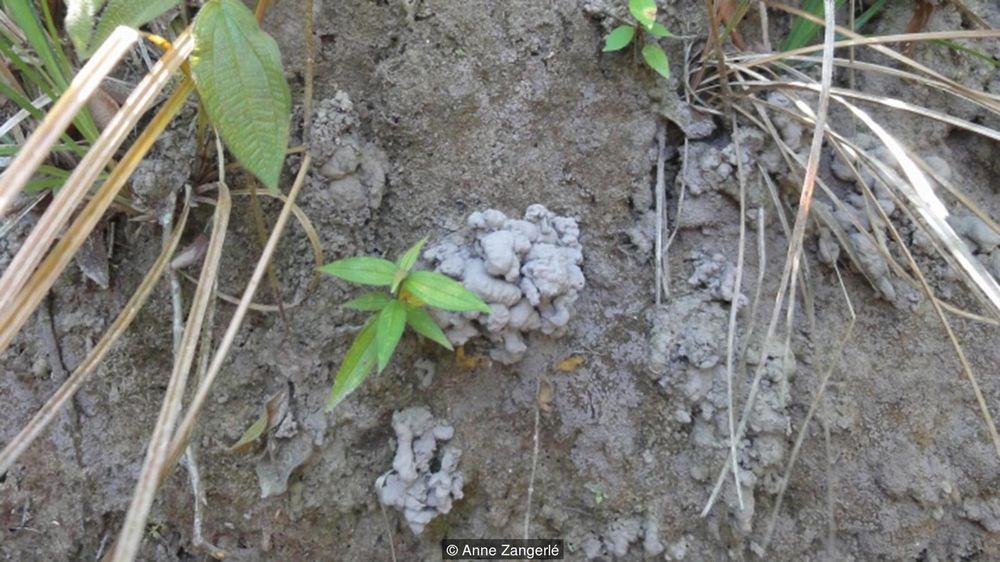Regularly spaced and densely packed, these mounds can reach up to 6 feet tall and 16 feet wide.
Now researchers have found that surales true architects are gigantic earthworms that reach 3 feet in length.
These earthworms, belonging to the genusAndiorrhinus, are the largest earthworms found in the area.
An aerial view of the tropical wetlands showing hundreds of mounds.
Living in the waterlogged pits between mounds, theAndiorrhinusworms have developed some unique eating habits.
Many generations of earthworms can feed and poop on a single mound.
The earthworms forage for food within a very limited radius distance from the mounds.
This distance affects the size of the mound and the size of the pits.
The mounds are also used by other creatures to escape the flooded soil.
Other earthworm species too help build up the mounds, and plant roots consolidate and maintain them.
Their findings were published in the journal PLOS ONE.
From the ground, surales look like large, vegetated mounds separated by swampy ditches.

Photo credit: Jose Iriarte
An Andiorrhinus earthworm.
Photo credit: Doyle McKey)
A typical Andiorrhinus cast.
Photo credit: Anne Zangerle
A drone image of the Surales.
Photo credit: Delphine Renard
viaBBCandNational Geographic



